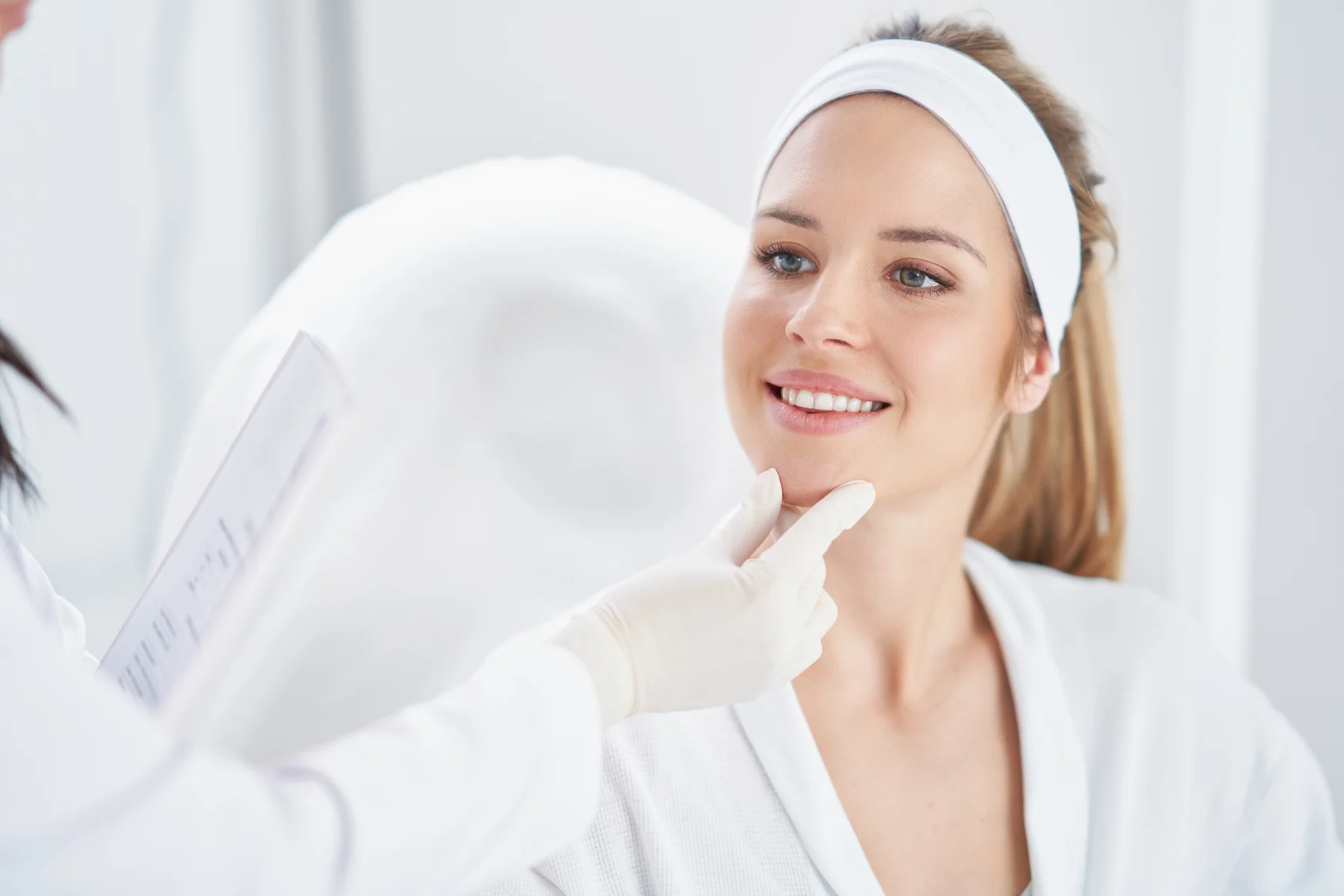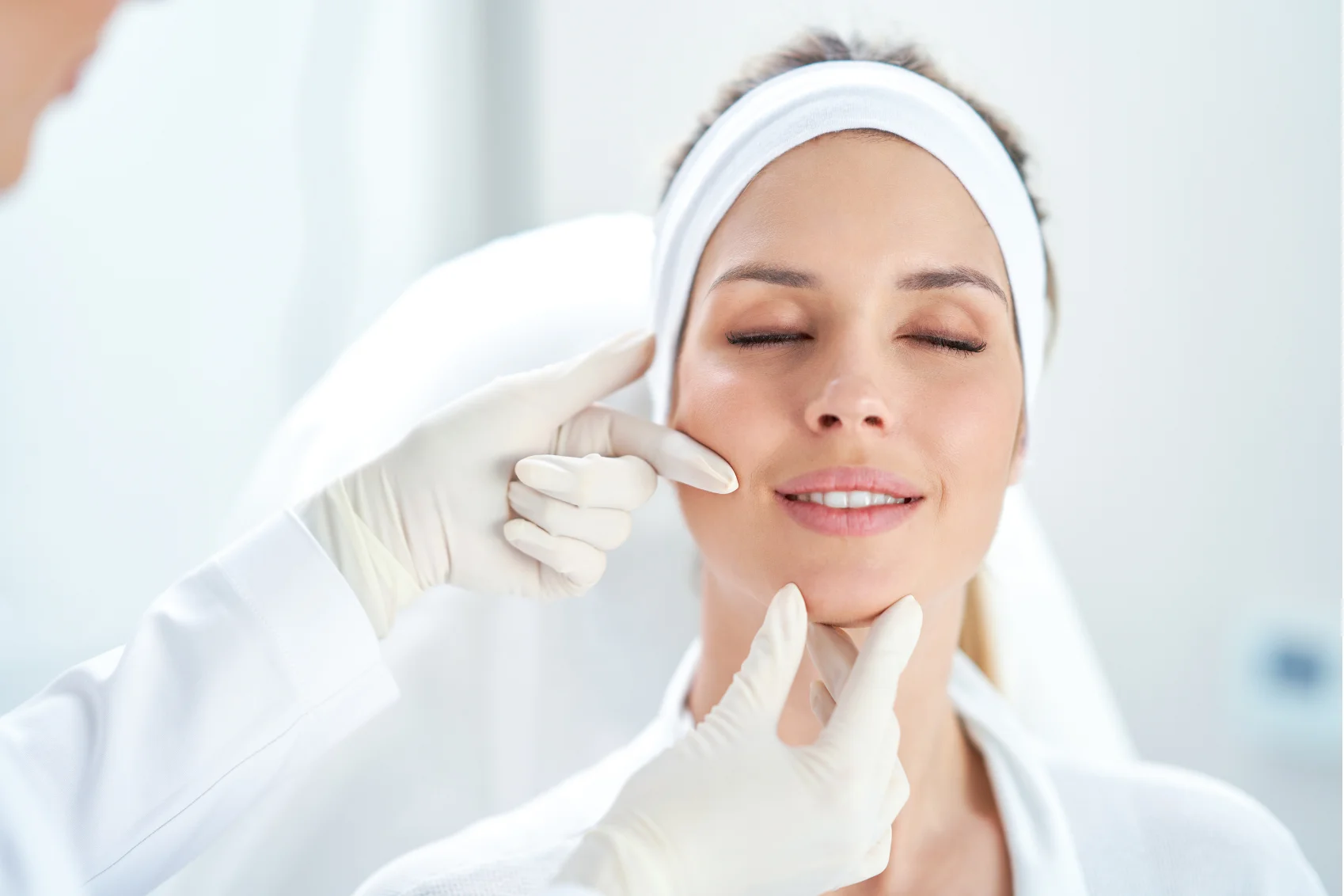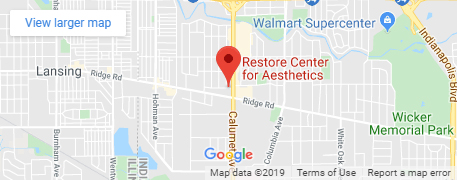Botox® Cosmetic is arguably one of the most popular procedures out there. However, contrary to mainstream knowledge, Botox® is not just used for treating dynamic wrinkles.
In fact, this neurotoxin is also used for therapeutic purposes that go beyond aesthetics. One good example is Botox® for TMJ/Bruxism.
Read on to know more.
What Is Botox® for TMJ/Bruxism?
As most of us know, Botox® is a well-known injectable neuromodulator made of botulinum toxin. It temporarily relaxes facial muscles especially the ones responsible for facial wrinkles due to repeated muscle movement.
However, Botox® was actually developed to treat medical conditions prior to the common use for aesthetic purposes. It is used by many doctors to treat conditions such as temporomandibular joint (TMJ) disorder.
In case you’re wondering, the TMJ is the joint that connects your jaw to the skull. These joints are needed for speaking, eating, and other facial expressions.
However, clenching or grinding, jaw injuries, and arthritis, among other causes can result in TMJ dysfunction that causes pain and abnormal noises and movements on your jaw muscles.
The common symptoms of TMJ include:
- Sore cheeks and jaw
- Clicking noise when you open and close your mouth
- Ringing in your ears
- Headaches or migraines
- Clenching and teeth grinding (Bruxism)
- Shocking type of facial pain
- Pain around the neck and eyes
- Enlargement in lower face
Botox® addresses these issues by providing temporary relief from jaw soreness, headaches, and other problems related to TMJ.
How Does The Botox® Treatment Work?
Botox® is a safe and effective treatment for TMJ and bruxism.
When injected into the masseter muscle (the large muscle responsible for moving the jaw), the targeted muscle weakens. This results in a temporary halt of involuntary teeth grinding and jaw clenching.
This eventually reduces the wear and tear on the teeth due to the grinding. Moreover, it also helps relax your muscles and it can reduce TMJ-related headaches.
Benefits of Botox® for TMJ/Bruxism
As mentioned above, there are many causes for TMJ disorders.
While some symptoms may resolve on their own, many patients in Munster, IN, require medical intervention to experience long-lasting reliefs.
Here are some of the major benefits of Botox® for individuals who are suffering from TMJ disorders and bruxism:
- Reduced discomfort when using the jaw;
- Minimization of lockjaw;
- Lesser jaw tension;
- Elimination of headaches caused by nighttime teeth grinding; and
- Reduced jaw tension.
- Slimming lower face
While TMJ symptoms vary in severity, Botox® has become a good alternative for individuals who want to reduce jaw pain, headaches, and suffering.
What Happens During The Treatment Proper?
Your provider will inject Botox® into various jaw muscles. This will temporarily stop the muscles from contracting resulting in reduced symptoms of TMJ.
However, this is a temporary treatment that wears off over time. Hence, you must return to your provider every 4-6 months to maintain the results.
Fortunately, being a dentist Dr. Bana of Restore Center has more than enough experience to help you address your TMJ issues. For more information, call us today or book an appointment now.



